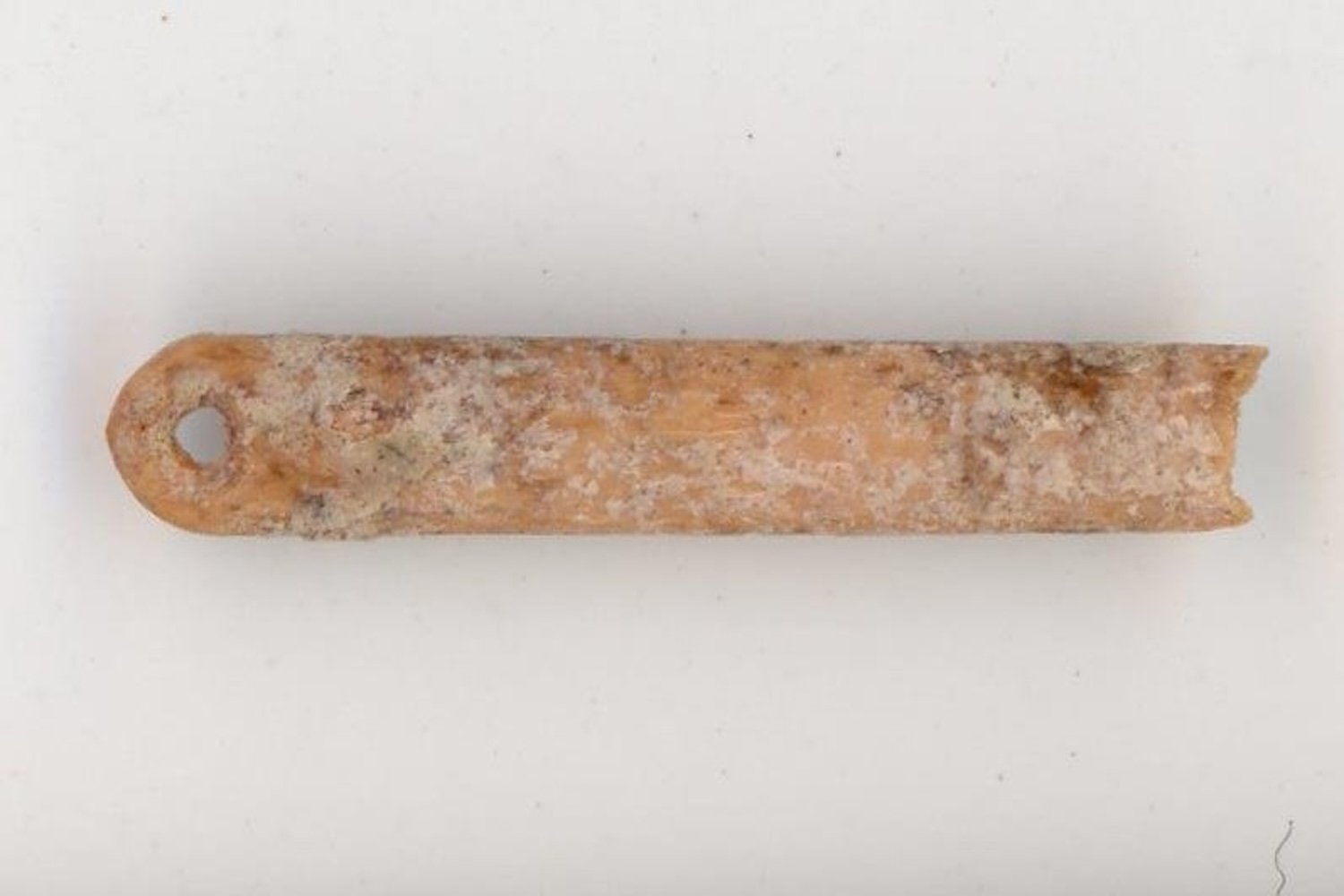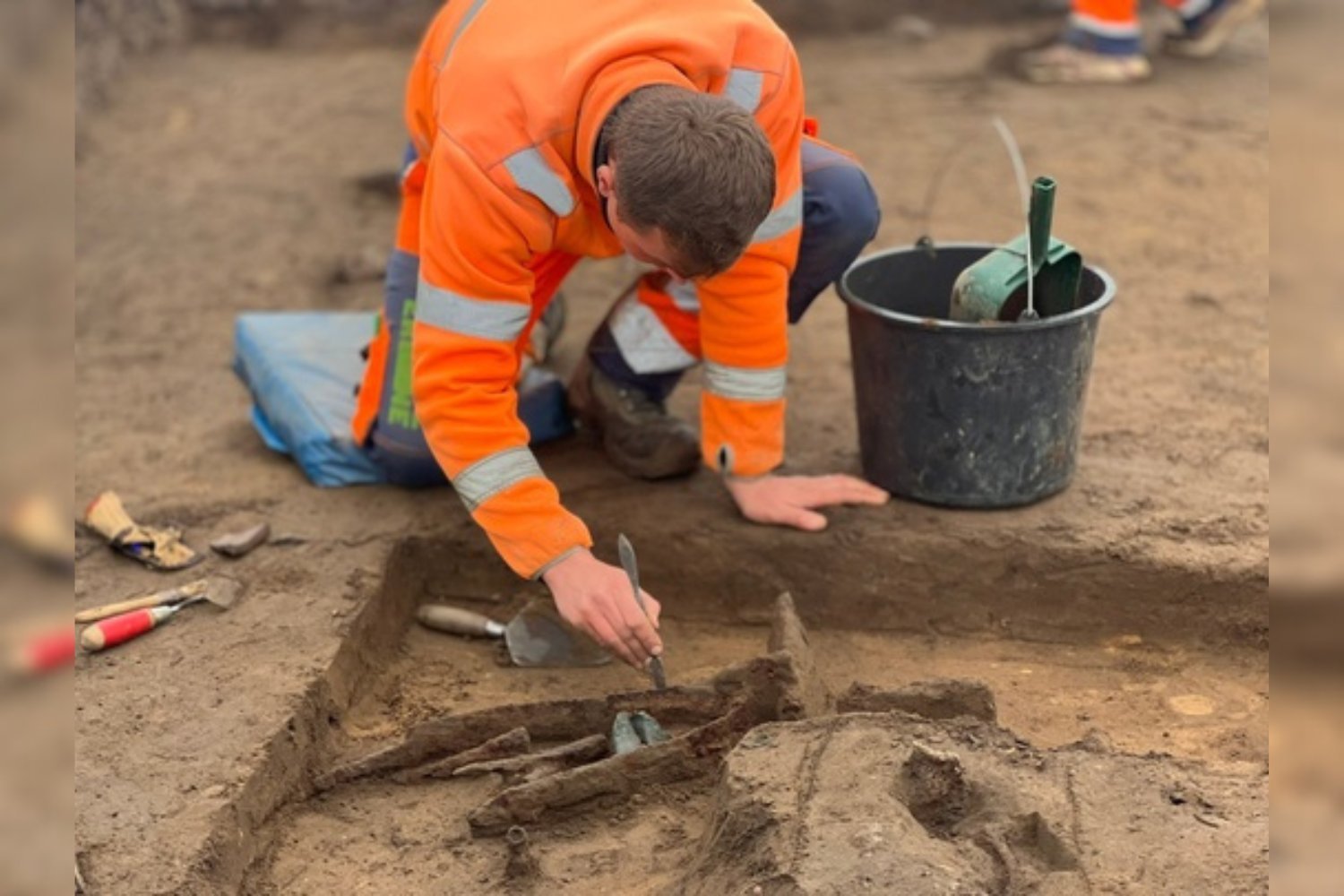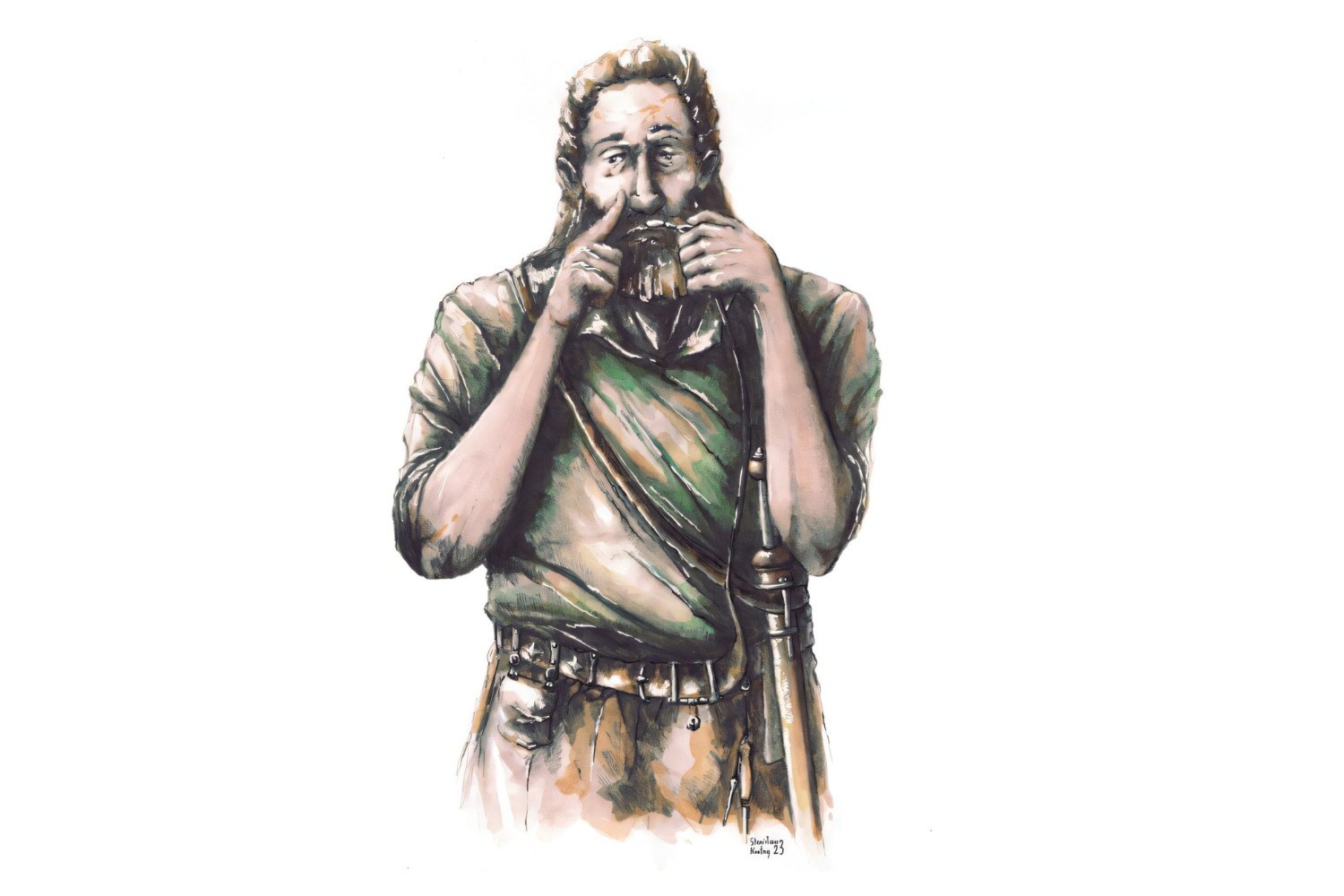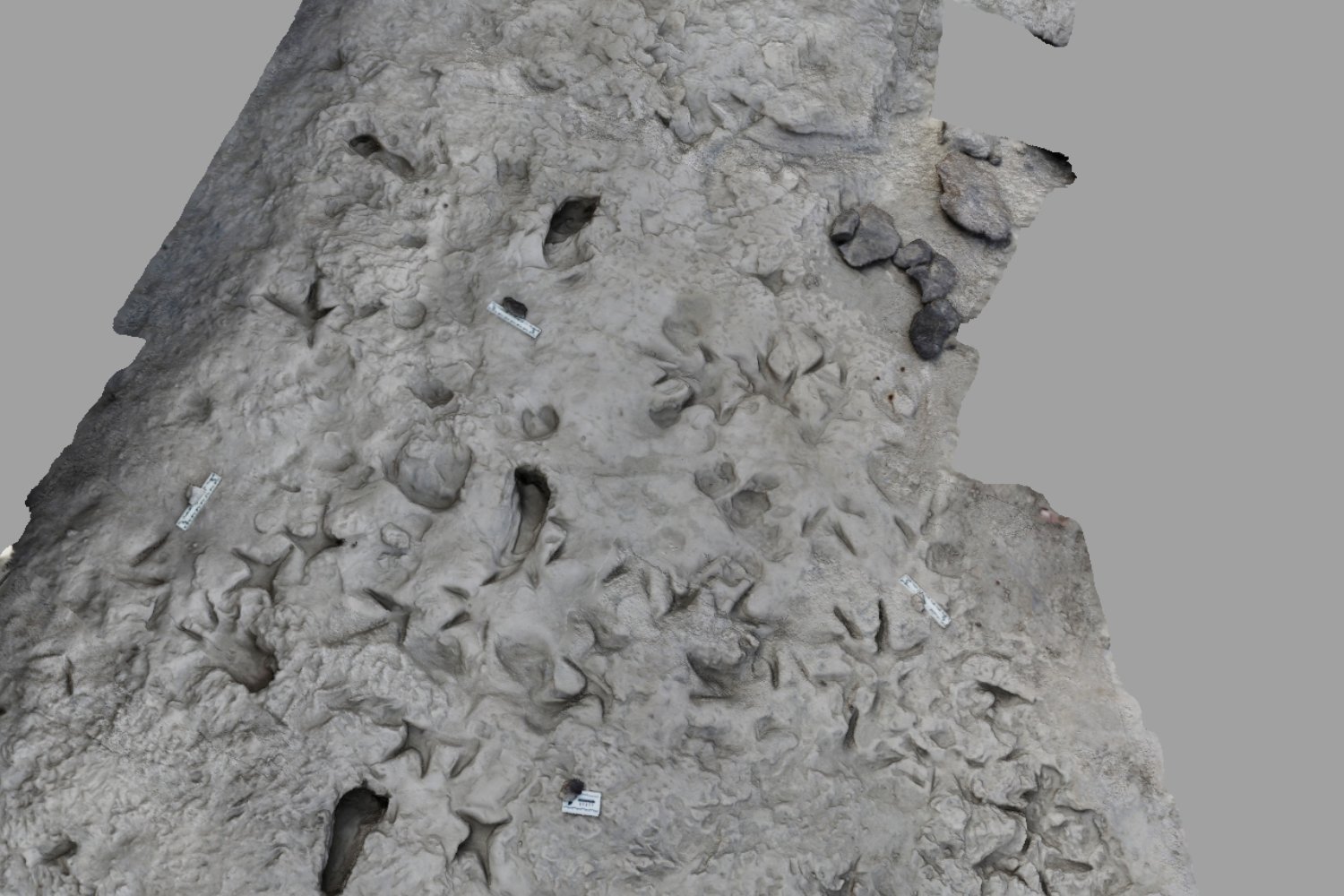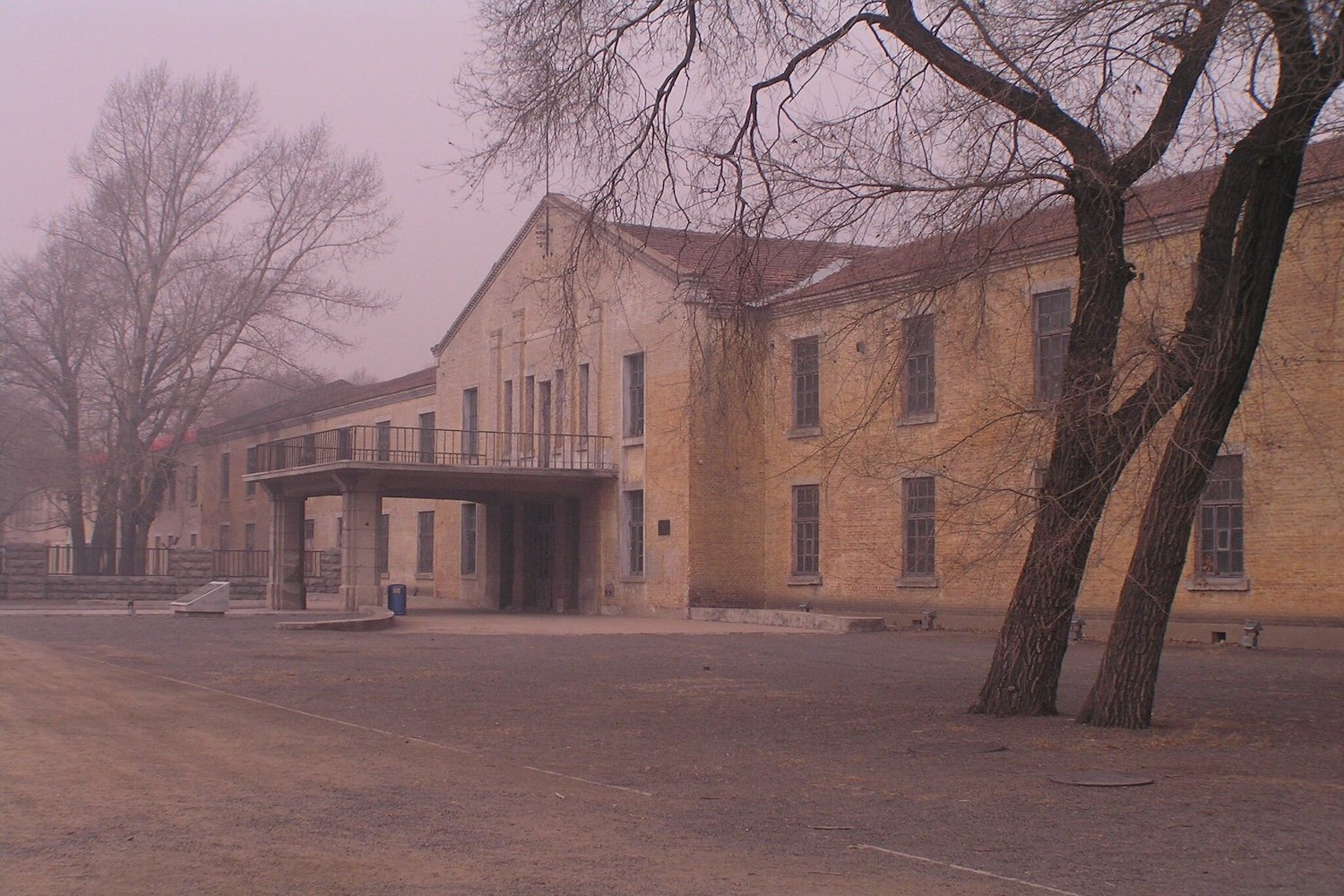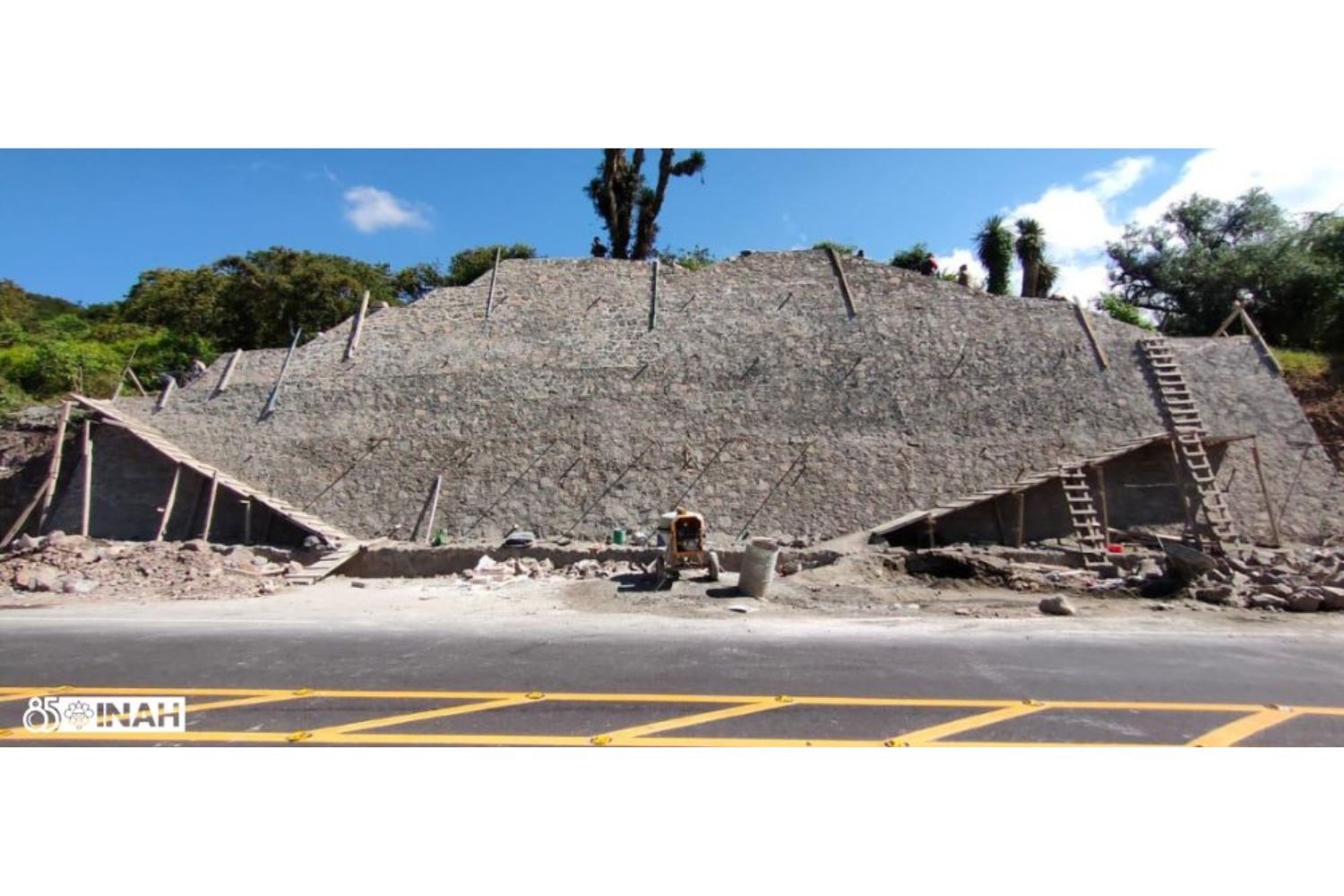Imagine sharing a warm, seasoned focaccia with loved ones. This isn’t just a modern-day pleasure; it’s a culinary tradition dating back 7,000 years. Recent research reveals that agricultural communities in the Near East between 7000 and 5000 BCE likely baked and enjoyed large loaves of bread and focaccia, seasoned with both animal and plant-derived ingredients. This discovery paints a vivid picture of sophisticated Neolithic cuisine.
This groundbreaking research, published in Scientific Reports, was conducted by scholars from the University La Sapienza in Rome and the Universitat Autonoma de Barcelona. Their findings indicate a rich culinary tradition in the Fertile Crescent region during the Late Neolithic period. These ancient communities were not simply surviving; they were creating and sharing flavorful meals.
“Our study provides a glimpse into how these communities used cultivated cereals to make breads and ‘focaccias’ enhanced with diverse ingredients, and consumed communally,” explained Sergio Taranto of the University La Sapienza, lead author of the study. The presence of husking trays, specialized clay trays used in baking, suggests this culinary practice spanned approximately six centuries and covered a vast area of the Near East.
Previous studies had already established the use of husking trays for baking loaves of bread made with water and flour. These trays, with their low walls, oval bases, and rough internal surfaces, were specifically designed to aid in releasing the baked bread. The researchers employed experimental archaeology, using replica husking trays to bake bread and gain firsthand insights into the process.
 Neolithic Focaccia ExperimentExperimental focaccia seasoned with animal fat, replicating Late Neolithic baking techniques.
Neolithic Focaccia ExperimentExperimental focaccia seasoned with animal fat, replicating Late Neolithic baking techniques.
Based on these experiments, the team suggests that Neolithic bakers placed the trays in domed ovens preheated to 788 degrees Fahrenheit (420 degrees Celsius) for about two hours. The resulting loaves weighed approximately 6.6 pounds (3 kilograms), indicating communal consumption.
The research also investigated the potential use of husking trays for baking cereal-based doughs seasoned with vegetable oil or animal fat. The international team analyzed organic residues found in husking tray fragments excavated from the archaeological sites of Mezraa Teleilat, Akarçay Tepe, and Tell Sabi Abyad along the Syria-Turkey border. These fragments date back to between 6400 and 5900 BCE.
The analysis revealed that these communities utilized husking trays to process flour from cereals such as wheat and barley. Some trays even contained residues of animal-derived ingredients like animal fat, and in one instance, evidence of plant-based seasoning.
Furthermore, the degradation state of the residues indicates that some trays reached temperatures consistent with those required for baking in domed ovens, as determined by the experimental baking. This corroborates the theory that these trays were indeed used for baking. The researchers also identified use-wear on the trays, further supporting their connection to bread and seasoned focaccia production.
This study expands our understanding of Late Neolithic bread making in the Near East. It reveals a more intricate culinary tradition than previously thought, with the use of various ingredients and specialized equipment. People in present-day Turkey and Syria were enjoying delicious focaccia thousands of years ago, demonstrating the enduring appeal of this simple yet satisfying food.
This discovery not only sheds light on ancient culinary practices but also highlights the ingenuity and resourcefulness of early agricultural communities. The ability to create and share flavorful food played a significant role in their social and cultural development.




